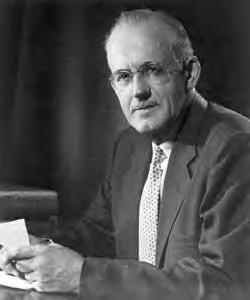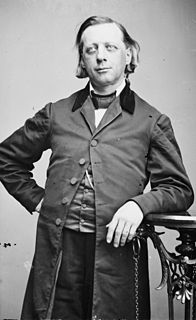A Quote by Andy Stanley
When a plan or strategy fails, people are tempted to assume it was the wrong vision. Plans and strategies can always be changed and improved. But vision doesn't change. Visions are simply refined with time.
Related Quotes
Many times when people have a vision, they think in terms of a big vision - I want to take my city for Christ. But the problem with many pastors and this type of vision is this: they haven't developed the strategy to fulfill that vision. A pastor preaches a dream or vision to his/her people, they get excited for a week, a month, or a couple of months, but there is no strategy, planning, or process to fulfill that vision.
...visions are messages from the Great Spirit, each for a different purpose in life. Consequently, one person's vision may not be that of another. To have a vision, one must be prepared to receive it, and when it comes, to accept it. Thus when these inner urges become reality, only then can visions be fulfilled. The spiritual side of life knows everyone's heart and who to trust. How could a vision ever be given to someone to harbor if that person could not be trusted to carry it out. The message is simple: commitment precedes vision.
We always have visions, before a thing is made real. When we realize that although the vision is real, it is not real in us, then is the time that Satan comes in with his temptations, and we are apt to say that it is no use to go on. Instead of the vision becoming real, there has come the valley of humiliation.
I have vision boards, and people think that I put the vision board up and I look at it all the time, but what I do is, when I'm having an emotional time and I'm stressed out or feeling bad, I go to the store and get all the stuff for a vision board. Instead of channeling the negative thoughts or being depressed, I change it around and I start making boards.
The first step toward creating an improved future is developing the ability to envision it. VISION will ignite the fire of passion that fuels our commitment to do WHATEVER IT TAKES to achieve excellence. Only VISION allows us to transform dreams of greatness into the reality of achievement through human action. VISION has no boundaries and knows no limits. Our VISION is what we become in life.
A good strategy is not always successful, but even an "inappropriate" strategy may be an actual strategy. A "bad strategy" is one that doesn't even try to address an important challenge. Instead, it speaks of aspirations, visions of the future, lays out performance goals, or simply lists a bunch of unconnected actions.
Somebody asked me 'what's the job of a CEO', and there's a number of things a CEO does. What you mostly do is articulate the vision, develop the strategy, and you gotta hire people to fit the culture. If you do those three things, you basically have a company. And that company will hopefully be successful, if you have the right vision, the right strategy, and good people.
Opposing what's wrong is a halfway measure at best. A rebel must also have a vision for something better, a strategy for moving toward that vision and a capacity to rally and join with others in achieving it. If the anger that drives rebellion is not transformed into the hope that inspires movement communities, it will do more harm than good.

































